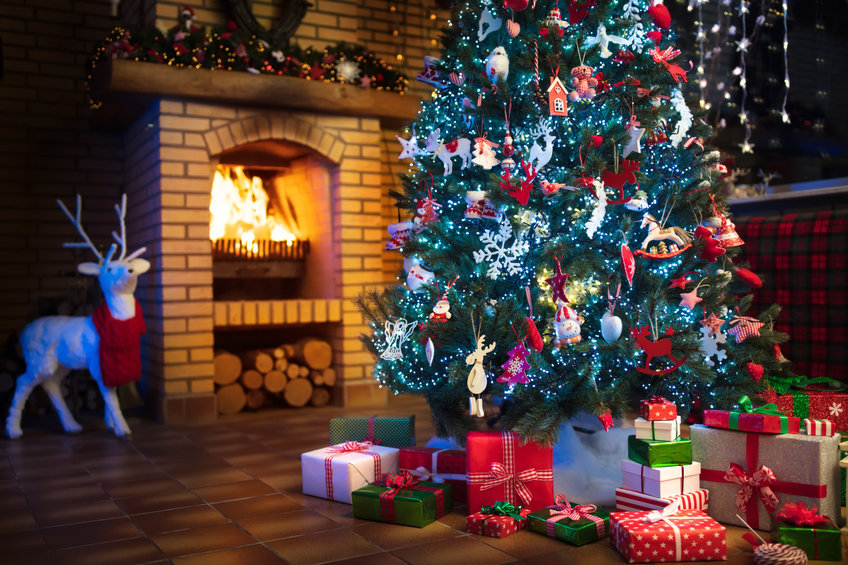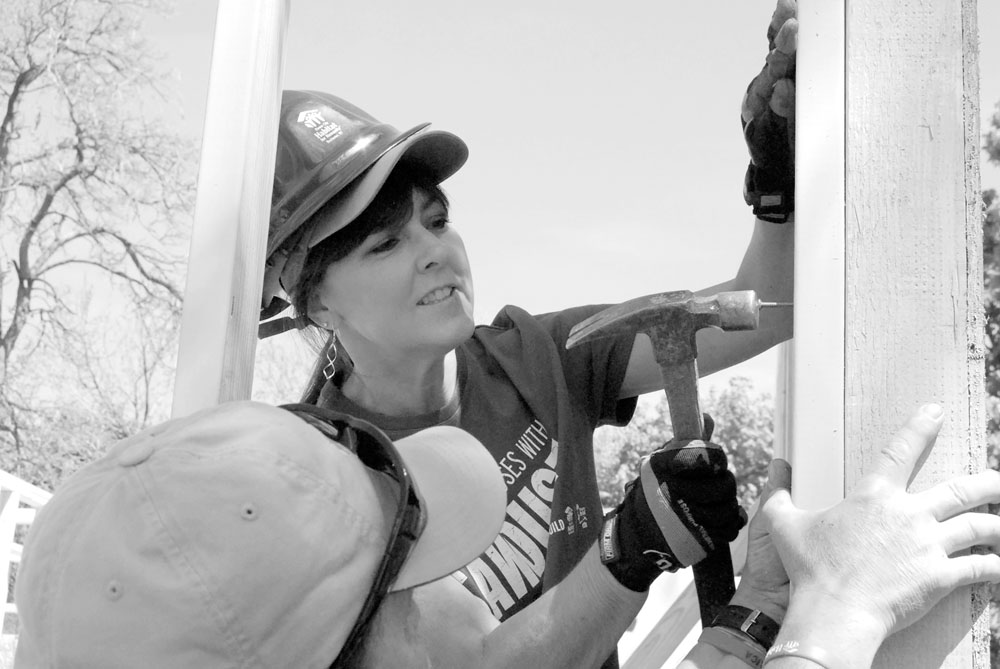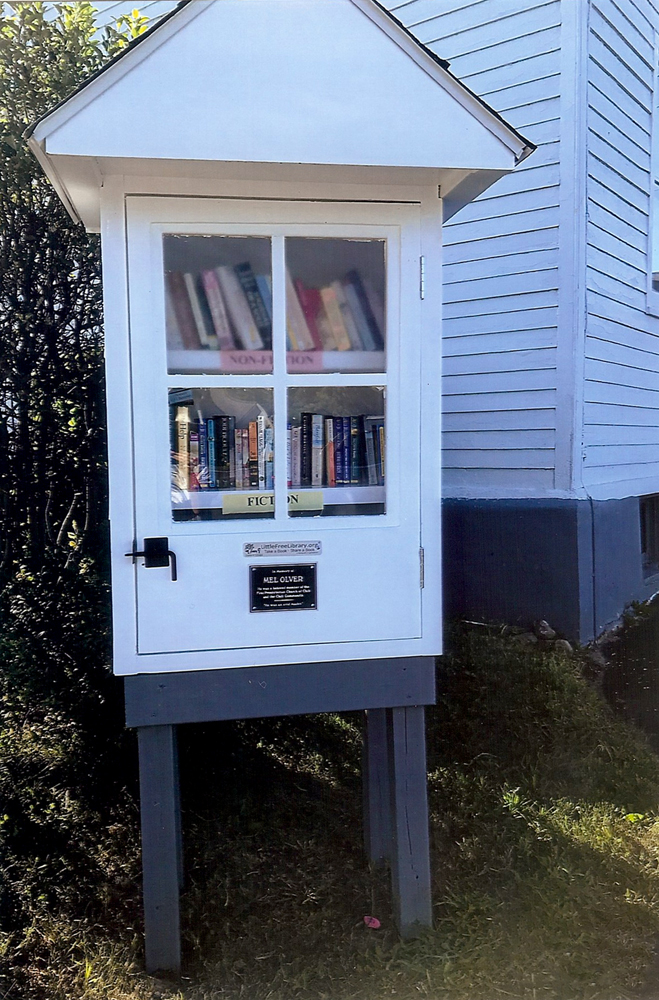Enjoy a Safe Holiday Season

Holiday safety is an issue that burns brightest from late November to mid-January, when families gather, parties are scheduled and travel spikes. Here are some guidelines provided by The National Safety Council.
Traveling for the Holidays? Be Prepared
While many will choose to stay home, if you do travel, be sure your vehicle is in good running condition, you have plenty of rest and are prepared for any emergency. Traveling by car during the holidays has the highest fatality rate of any major form of transportation based on fatalities per passenger mile. Alcohol impairment is involved in about a third of the fatalities during the Holiday Season.
Stay safe on the roads over the holidays and every day:
• Prepare your car for winter and keep an emergency preparedness kit with you
• Get a good night’s sleep before departing and avoid drowsy driving
•Leave early, planning ahead for heavy traffic
•Make sure every person in the vehicle is properly buckled up no matter how long or short the distance traveled
•Put that cell phone away; many distractions occur while driving, but cell phones are the main culprit
•Practice defensive driving
•Designate a sober driver to ensure guests make it home safely after a holiday party; alcohol or over-the-counter, prescription and illegal drugs can cause impairment
Decorate Safely
Decorating is one of the best ways to get in a holiday mood, but emergency rooms see thousands of injuries involving holiday decorating every season.
When decorating follow these tips from the U.S. Consumer Product Safety Commission:
•Keep potentially poisonous plants – mistletoe, holly berries, Jerusalem cherry and amaryllis – away from children
•If using an artificial tree, check that it is labeled “fire resistant”
•If using a live tree, cut off about 2 inches of the trunk to expose fresh wood for better water absorption, remember to water it and remove it from your home when it is dry
•Place your tree at least 3 feet away from fireplaces, radiators and other heat sources, making certain not to block doorways
•Avoid placing breakable ornaments or ones with small, detachable parts on lower tree branches where small children can reach them
•Only use indoor lights indoors and outdoor lights outdoors, and choose the right ladder for the task when hanging lights
•Replace light sets that have broken or cracked sockets, frayed or bare wires, or loose connections
•Follow the package directions on the number of light sets that can be plugged into one socket
•Never nail, tack or stress wiring when hanging lights and keep plugs off the ground away from puddles and snow
•Turn off all lights and decorations when you go to bed or leave the house
Watch Out for Fire-Starters – Candles and Fireplaces
Use of candles and fireplaces, combined with an increase in the amount of combustible, seasonal decorations in many homes during the holidays, means more risk for fire. The National Fire Protection Association reports that one-third of home decoration fires are started by candles and that two of every five decoration fires happen because the decorations are placed too close to a heat source.
•Place candles where they cannot be knocked down or blown over and out of reach of children.
•Keep matches and lighters up high and out of reach for children in a locked cabinet.
•Use flameless, rather than lighted, candles near flammable objects.
•Don’t burn trees, wreaths or wrapping paper in the fireplace.
•Use a screen on the fireplace at all times when a fire is burning.
•Never leave candles or fireplaces burning unattended or when you are asleep.
•Check and clean the chimney and fireplace area at least once a year.
Food Poisoning Is No Joke
Keep your holidays happy by handling food safely. The foodsafety.gov website from the U.S. Department of Health and Human Services provides some valuable holiday food safety tips:
•Wash your hands frequently when handling food
•Keep raw meat away from fresh produce
•Use separate cutting boards, plate and utensils for uncooked and cooked meats to avoid cross-contamination
•Use a food thermometer to make sure meat is cooked to a safe temperature
•Refrigerate hot or cold leftover food within two hours of being served
•When storing turkey, cut the leftovers in small pieces so they will chill quickly
•Thanksgiving leftovers are safe for three to four days when properly refrigerated
It’s Better to Give Safely
Gifts and toys should inspire joy, not cause injuries. Avoid safety hazards while gifting with these tips from the U.S. Consumer Product Safety Commission:
•Toys are age-rated for safety, not for children’s intellect and physical ability, so be sure to choose toys in the correct age range
•Choose toys for children under 3 that do not have small parts which could be choking hazards
•For children under 10, avoid toys that must be plugged into an electrical outlet
•Be cautious about toys that have buttons, batteries or magnets, which can be harmful or fatal if swallowed
•When giving scooters and other riding toys, give the gift of appropriate safety gear, too; helmets should be worn at all times and they should be sized to fit
To find out about holiday toy safety and recalls, check the U.S. Consumer Product Safety Commission website.
Information from The National Safety Council, nsc.org.




